Could this new hydrogel make HIV therapy more convenient?
A new injectable solution that self-assembles into a gel under the right conditions could help manage HIV unlike any currently available methods, researchers have found.
The gel releases a steady dose of the anti-HIV drug lamivudine over six weeks, suggesting people living with HIV could have new therapy that doesn't require a daily pill regimen to prevent AIDS.




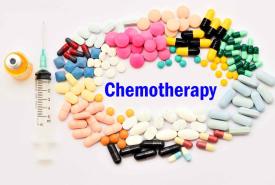

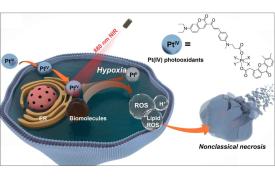
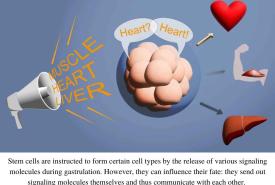
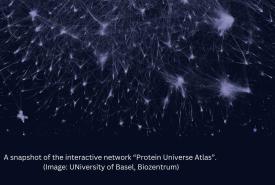

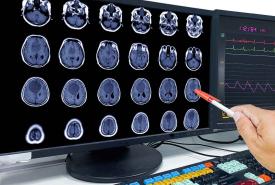
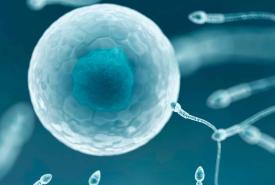
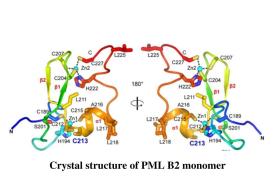


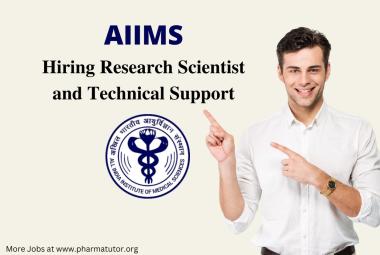
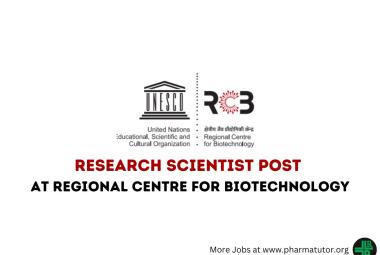




.png)


